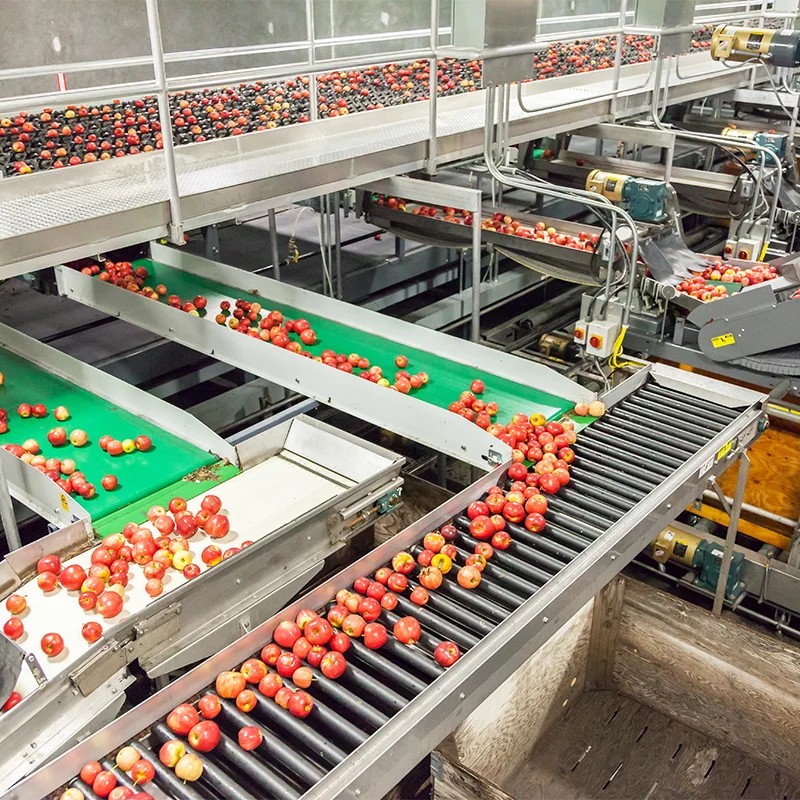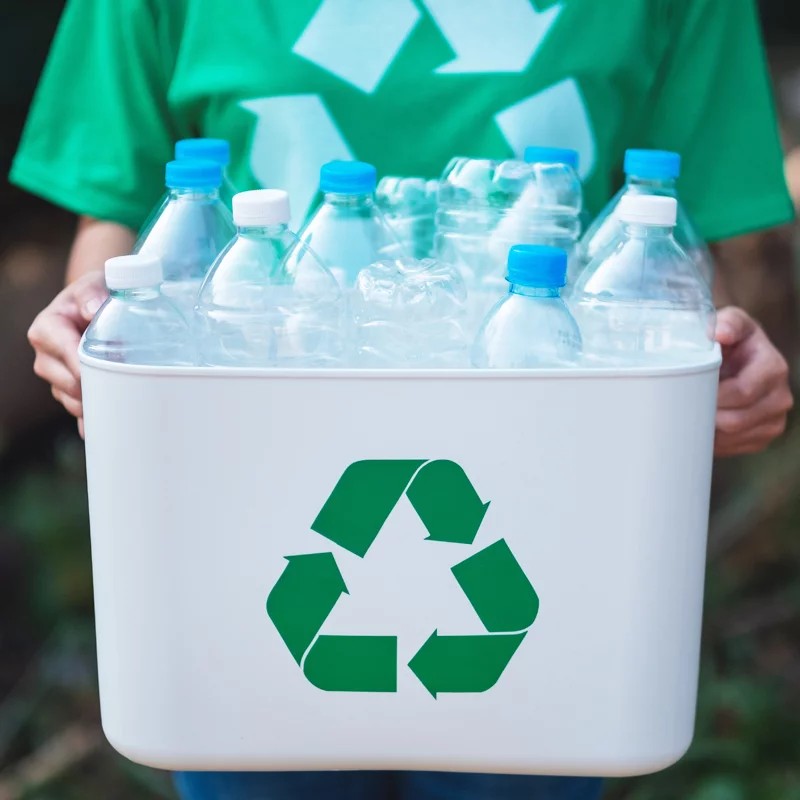Plastic’s widespread use in food storage is undeniable, yet concerns about harmful chemicals like BPAs raise crucial questions: What Plastic Is Food Safe? Understanding food-grade plastics is essential for protecting your health and making informed choices. This guide provides a comprehensive overview of safe plastic options, regulations, and alternatives.
Understanding Food-Grade Plastic
Food-grade plastic isn’t just any plastic; it adheres to strict regulations set by agencies like the Food and Drug Administration. These regulations ensure that the plastic is free from harmful dyes, additives, and other substances that could potentially migrate into food. While food-safe plastics can incorporate recycled materials, these materials must also meet specific safety guidelines. The FDA plays a pivotal role in assessing how materials interact with food to guarantee consumer safety.
FDA-Approved Food-Safe Plastics for Storage
The FDA has approved several types of plastic for safe food storage:
- High-Density Polyethylene (HDPE)
- Low-Density Polyethylene (LDPE)
- Polyethylene Terephthalate (PET/PETE)
- Food-Grade Polypropylene (PP)
- Polycarbonate (PC)
- Acrylic
- Nylon
Let’s delve deeper into each of these plastics.
High-Density Polyethylene (HDPE): A Safe and Durable Choice
Is HDPE food safe? Absolutely. Many plastic containers are made from HDPE due to its excellent chemical resistance. HDPE containers are resistant to mold, mildew, and corrosion, ensuring they won’t leach harmful substances into your food.
Low-Density Polyethylene (LDPE): Flexible and Food-Safe
LDPE is a tough, chemical-resistant material used in thinner resins and flexible applications. It’s ranked as a 4 on the recycling number chart, and its safety extends to products like bread bags, produce bags, and six-pack rings. Its chemical resistance prevents toxins from leaching into the food.
Polyethylene Terephthalate (PET/PETE): For Single-Use Convenience
Is PET plastic food safe? Yes, but with a caveat. Polyethylene terephthalate offers good strength, stability, and wear resistance. Food-grade PET is commonly used for single-serve beverage bottles, vitamin bottles, and condiment containers. The key is single-use; these bottles are safe for one-time use, but repeated use or exposure to sunlight can cause them to degrade and potentially leach toxins.
Polypropylene (PP): High Heat Resistance for Food Safety
Polypropylene fabric is a durable and chemical-resistant material used in various applications, including food packaging. Polypropylene safety is enhanced by its high heat resistance. Polypropylene food-safe containers include medication bottles, dairy containers, and food storage boxes. This plastic’s high heat tolerance ensures that it won’t release harmful chemicals when exposed to heat, making it suitable for microwave and dishwasher use.
Polycarbonate (PC): Strong and Impact Resistant
Food-grade polycarbonate is a very strong plastic. Its heat resistance allows it to be FDA compliant for food storage. Is polycarbonate safe? Yes, its high impact resistance makes it a safe choice for products like:
- Water-cooler bottles
- Baby bottles
- Reusable water containers
It’s even used in bullet-proof plastic, highlighting its exceptional durability.
Acrylic: A Glass Alternative
Acrylic food safety is high. It’s a strong material often used as a substitute for glass. Acrylic containers are FDA approved for food contact, but they lack high heat resistance and shouldn’t be microwaved or heated.
Nylon: A Versatile Thermoplastic
Nylon is a food-safe thermoplastic. Its properties allow it to replace materials like steel, brass, wood, and rubber. It is FDA-compliant. Nylon does not leach chemical properties into food during cooking and doesn’t contain BPA. Nylon products include cooking utensils like spatulas, whisks, and tongs, thanks to their high heat and abrasion resistance.
Understanding Plastic Bottle Safety
When it comes to food-safe plastic bottles, codes 2, 4, and 5 are generally considered safe for storage. Code number 1 is intended for single-use only. HDPE bottles (code 2) are a safe choice for food storage. PP bottles (code 5) are also safe, while bottles with codes 3 and 7 should be avoided due to the risk of chemical leaching, especially when heated.
Decoding the Safe Plastics Number Chart
Plastic containers often have a recycling number on the bottom, ranging from 1 to 7. This number can help you identify whether a container is safe for food storage. Generally, plastics with numbers 2, 4, and 5 are considered safe for food storage as they are less likely to leach harmful chemicals.
| Plastic Number | Plastic | Safe for Food? | Usage |
|---|---|---|---|
| 1 | PET (Polyethylene Terephthalate) | Yes | One-time use bottles |
| 2 | HDPE (High-Density Polyethylene) | Yes | Juice and milk jugs |
| 3 | PVC (Polyvinyl Chloride) | No | Pipes, hoses, and packing |
| 4 | LDPE (Low-Density Polyethylene) | Yes | Bread and produce bags |
| 5 | PP (Polypropylene) | Yes | Medication bottles, food storage boxes |
| 6 | PS (Polystyrene) | No | Plastic cutlery, coffee cups |
| 7 | Other Plastics | Yes | Baby bottles, water bottles |


Other Applications of Food-Grade Plastic
Beyond containers and bottles, food-grade plastics are used in:
- Food grade bulk bags
- Sandbags
- Plastic produce bags
- Snack barrier pouches
- Bread bags
Plastics to Avoid for Food Storage
Certain plastics are known to leach chemicals and should be avoided for food storage:
- BPA (Bisphenol A)
- PVC (Polyvinyl Chloride)
- Polystyrene (PS)
Conclusion: Making Informed Choices for Food Safety
So, what plastic is food safe? By following the safe plastics number chart and choosing plastics ranked 2, 4, and 5, you can minimize the risk of chemical leaching into your food. Remember that plastics ranked as 1 are best for single use, and plastics ranked 3 and 6 should be avoided. By understanding the properties and safety guidelines of different plastics, you can make informed decisions to protect your health and the environment.
FAQs on Food-Safe Plastics
What are the safest plastic food storage containers?
HDPE, LDPE, and PP plastics are among the safest options for food storage. These include containers like juice and milk jugs, grocery bags, bread bags, produce bags, and food storage boxes.
What is the safest material for food storage?
Glass, stainless steel, silicone, and ceramic containers are generally considered the safest materials for food storage. They offer excellent heat resistance and don’t leach harmful chemicals into food.
What can I use instead of plastic containers?
If you’re looking for alternatives to plastic containers, consider using glass, silicone, or stainless steel containers. These materials are renewable, heat-resistant, and don’t release toxins when heated.
Is polypropylene toxic to humans?
Polypropylene is generally considered safe for food storage and is FDA-approved for food contact. While it has high heat tolerance, it’s important to note that it can leach plastic additives in very low amounts. However, studies suggest that PP is not carcinogenic.